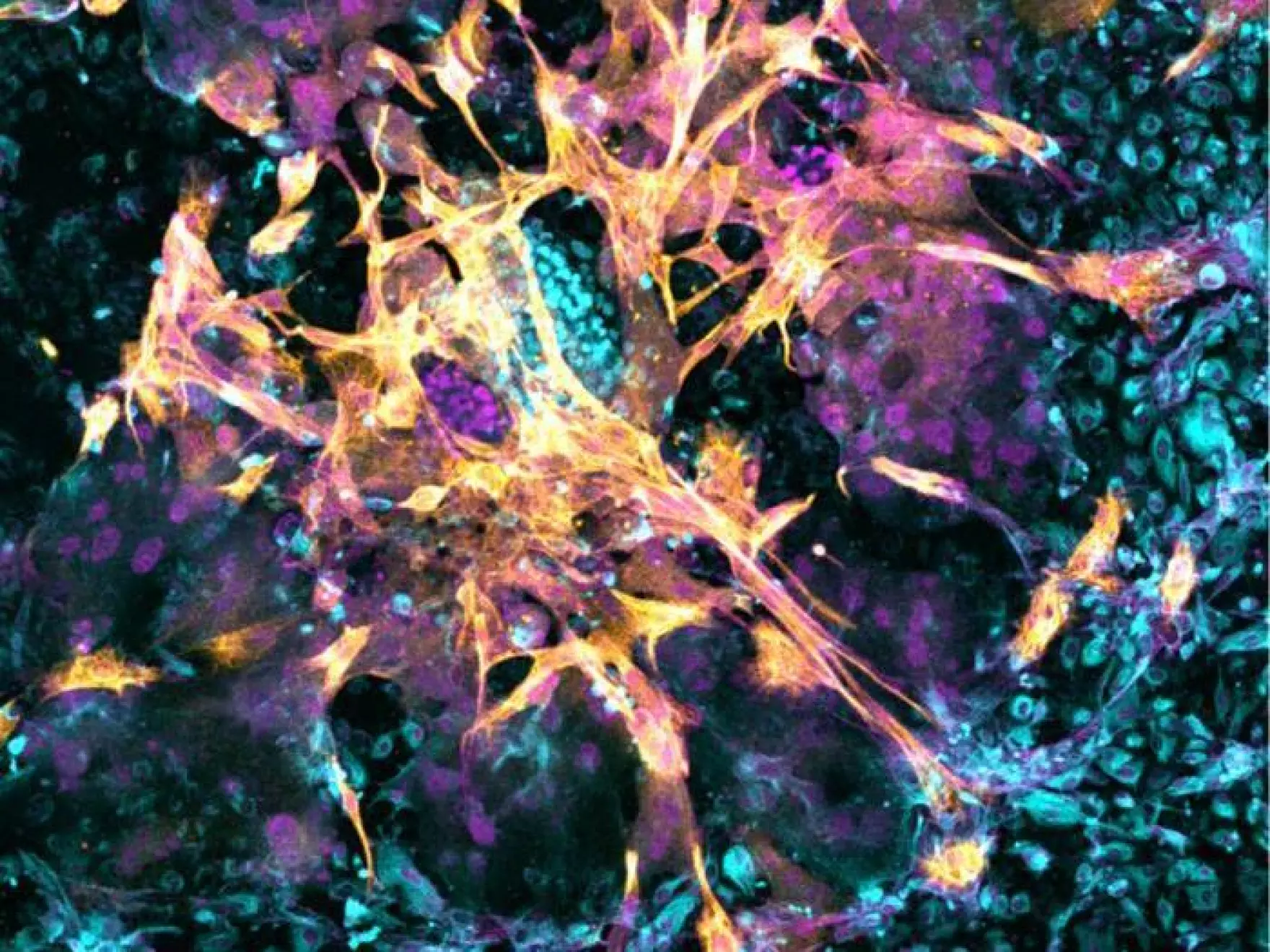Damage caused by gut bacteria may be linked to the rise in colon cancer among young adults. It remains unclear why cases of this disease have doubled in people under the age of 55 over the past two decades—a staggering increase that has raised concern among doctors and cancer researchers.
Part of the explanation may lie in colibactin, a toxin produced by certain strains of E. coli and other bacteria. In a study published this week, researchers identified a strong association between this DNA-damaging toxin and colon cancer in younger patients.
The team, based at the University of California, San Diego, analyzed tissue samples from nearly 1,000 colorectal cancer patients across four continents. They found that most tumors showed mutations that signaled prior exposure to colibactin. “You can think of it as the weapon system of a bacterium used to fight other bacteria and defend itself,” said Ludmil Alexandrov, lead author of the study published this week in Nature.
Strikingly, patients under the age of 40 with early-onset colorectal cancer were three to five times more likely to exhibit these mutations than those over the age of 70. According to the study’s data, the exposure does not occur at the time of cancer diagnosis. Instead, it appears to take place during childhood.
“Our estimate is that it happens within the first 10 years of life,” Alexandrov explained. “So if that mutation happens at age five, it puts you 20 to 30 years ahead of schedule for developing colorectal cancer.”
While the study reveals a strong correlation, the data cannot prove that colibactin caused these patients to develop cancer at a younger age. Moreover, researchers in the field don’t expect E. coli, or any single microbe for that matter, to be the sole key to the surge in cases. It’s believed that, in some individuals, this bacterial weapon—technically known as a “genotoxin”—can target intestinal cells, sowing mutations that increase the risk of cancer. “That would be too simple,” said Christian Jobin, a microbiome researcher at the University of Florida.
More likely, according to Jobin, colibactin—studied mostly in E. coli but also produced by other bacteria—is just one “hit” among many in our microbiome that may accelerate cancer development in certain people.
The new study provides a clue to the rise in colorectal cancer among the young. Scientists believe that a combination of environmental factors—including diet, sedentary lifestyles, medication use, and others—is driving the steep increase.
These factors may be having downstream effects on gut microbes like E. coli.
“It’s been really perplexing,” said Dr. Neelendu Dey, a gastroenterologist whose lab at the Fred Hutchinson Cancer Center focuses on the gut microbiome. “The microbes that may contribute to cancer risk are tricky to understand.”
The family of microbes to which E. coli belongs is actually among the most prevalent in the human gut during the earliest stages of life.
About 20% to 30% of people carry strains of E. coli capable of producing this toxin, but that doesn’t necessarily mean it’s having “deleterious effects,” said Jobin, whose lab has pioneered related research.
In other words, it’s not a new infectious agent that simply needs to be eliminated.
Adding further complexity: not all colorectal cancer patients exhibit the mutation signatures linked to colibactin.
Something seems to be provoking the bacteria to behave this way, possibly giving it a competitive advantage to grow more abundantly. “What triggers this weapon, or its deployment?” Jobin asks. “We don’t know, but we need to consider the environment.”
“We know that some of these E. coli that produce colibactin are influenced by diet, inflammation, and medication,” he added.
Jobin calls the new research “fantastic” because it bridges early preclinical work in animals with “real-life humans” and opens new paths for exploration. Studies on animals have shown that colibactin exposure can drive cancer development.
For example, deleting the genetic region responsible for colibactin production in E. coli can render the bacteria incapable of promoting cancer in animal models. Feeding animals more or less fiber can affect tumor growth. And curbing inflammation has also been shown to fend off cancer in these lab models.
Antibiotics and nutrition may play a role
Because they sequenced the cancer genome of patients worldwide, Alexandrov said the researchers were able to see that colibactin-related mutations are quite rare in “rural, non-industrialized” regions of Africa and Asia, whereas they appear more frequently in the U.S. and Western Europe. This evidence, along with the finding that the exposure happens in early childhood, led the team to form several hypotheses about potential contributing factors.
Their top suspects include mode of birth (cesarean section vs. vaginal delivery), breastfeeding, antibiotic use, and nutrition—specifically whether children were fed ultra-processed foods.
“All of these factors are known to substantially affect the microbiome, and there’s some evidence they may impact this [colibactin-producing] bacteria, but we really need to investigate each one carefully,” Alexandrov said.
Dey sees all of these as plausible, particularly antibiotic use, given that other research groups have linked early-life antibiotic exposure to an increased risk of colorectal cancer later in life.
More broadly, he said he hopes researchers will eventually identify microbes that serve as “biomarkers” for people at risk of developing precancerous conditions. And, perhaps one day, drugs could be designed to target toxins like colibactin and counter their harmful effects.
“Of course, it sounds simple,” he added, “but we have to acknowledge the ecological lessons learned in other contexts. When you try to remove or introduce a species, there can be unintended consequences—so all of this must be done very carefully.”







